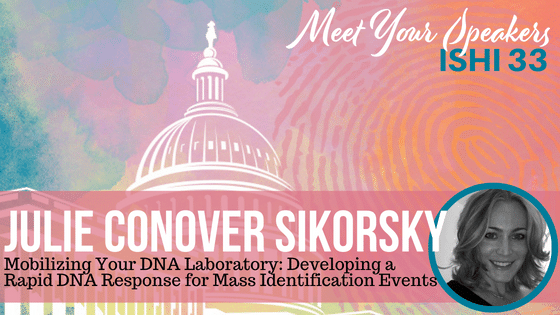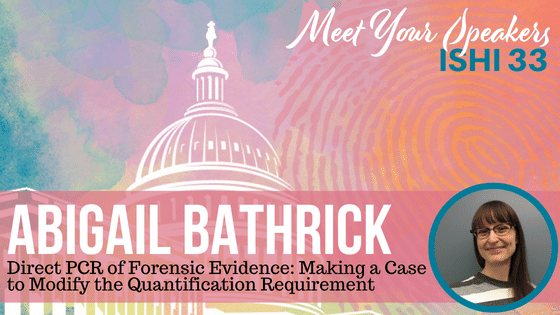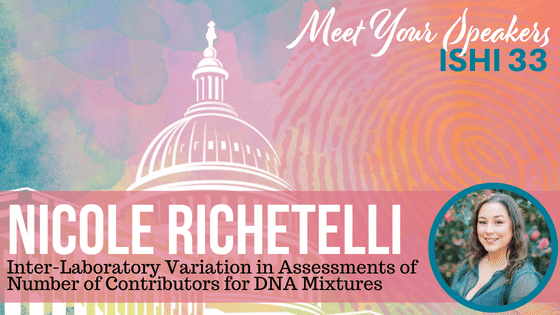Forensic Scientist of Note: Dr. Bruce Budowle

Today’s blog is written by guest blogger Carol Bingham, Promega. Reposted from The ISHI Report with permission. We chatted with Dr. Bruce Budowle about the long and illustrious career that the has enjoyed in forensic science. Bruce has been a true pioneer in the field and continues to be a champion for advancing the […]
Establishing Protein Sequencing for Forensic Analysis

In this interview, Travis chats with Curt Hewitt of Signature Science about using protein polymorphisms instead of DNA for identification purposes. They discuss the differences between sequencing protein and DNA and which proteins can be sequenced for this purpose as well as the benefits and when it makes sense to use one over the other. […]
Analysis of the Genealogy Process in Investigative Genetic Genealogy

Travis chats with Larry Wein, a professor at Stanford University who has provided U.S. Congressional testimony on the US-VISIT Program and an Indian Supreme Court briefing on the UIDAI Program, and has recently published papers on ballistic imaging and sexual assault kits. At ISHI 32 last year, Larry spoke on developing a systematic approach […]
Under the Microscope – Julie Conover Sikorsky

In August of 2020 the Palm Beach County Sheriff’s Office Forensic Biology Unit (FBU) went on- line with a Rapid DNA program. Their goals were three-fold: 1) incorporate this technology into their regular casework cadence; 2) establish a Rapid DNA infrastructure within their service area; and 3) develop a plan to mobilize this technology should […]
Under the Microscope – Abigail Bathrick

Direct polymerase chain reaction (PCR) is a method in which a swab or substrate punch is added to an amplification reaction without prior extraction or quantification and has been shown to improve DNA profiles from some types of low-yield DNA evidence samples. Direct PCR maximizes the amount of DNA template in a reaction by eliminating […]
Under the Microscope – Nicole Richetelli

DNAmix 2021 is a rigorous, large-scale study conducted to evaluate the extent of consistency and variation among forensic laboratories in interpretations and statistical analyses of DNA mixtures, and to assess the effects of various potential sources of variability. To this end, this study utilized a four-phased approach: Policies and Procedures (P&P) Questionnaire — Online […]
Identifying Missing Persons at the Center for Human Identification

The Missing Persons Unit under the Center of Human Identification at the University of North Texas Health Science Center (UNTCHI) specializes in the DNA analysis and identification of missing persons cases and processes more than 50% of the unidentified human remains of the missing persons cases in the US. Jianye Ge, discusses software that […]
Under the Microscope – Sylvain Hubac

On February 24th, 2022, Vladimir Putin, president of the Russian Federation, launched a special military operation leading to the invasion of Ukraine in the direction of the capital, Kyiv. By the end of February, Russian forces have taken the city of Bucha located in the suburbs of Kyiv and occupied the field for a month. […]
Under the Microscope – Cheryl Carreiro and Sevasti Papakanakis

The CT Department of Emergency Services and Public Protection (DESPP) Division of Scientific Services (DSS) Forensic Laboratory has successfully established a Rapid DNA Law Enforcement program for crime scene samples. Rapid DNA technology delivers lab-quality DNA profiles and database matches in ninety (90) minutes, as opposed to weeks or months when submitted to the laboratory […]

